Tet is an important holiday for many Asian countries. Each place has its own unique traditional dishes that symbolize wishes for a fulfilling and happy new year.
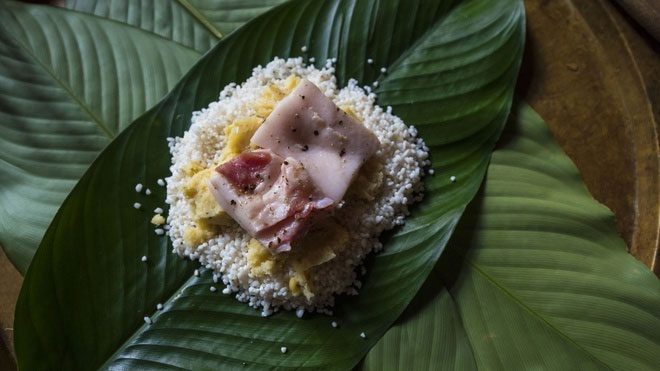
Bánh chưng, Vietnam is the soul of the feast during the Lunar New Year. The main ingredients of bánh chưng include sticky rice, mung beans, pork, and dong leaves, which are then boiled for 10 hours. While waiting for the cake to cook, family members often gather together to chat and bond. Therefore, this dish symbolizes the unity and togetherness of the Vietnamese people during the Tet holiday. (Photo: Lê Huy Hoàng Mai).
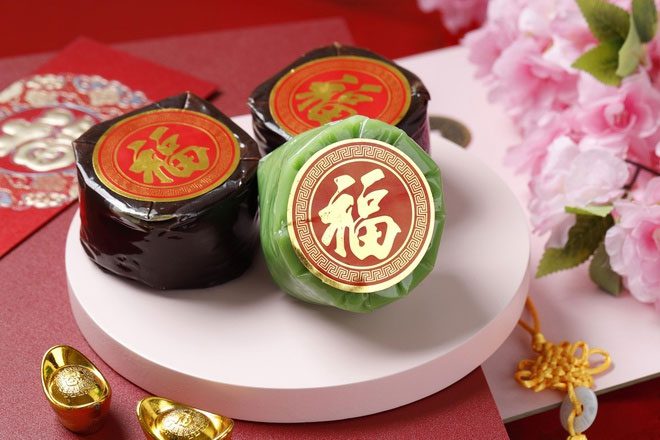
Nian Gao, China: Nian Gao is the most famous cake during the Chinese New Year. According to ancient beliefs, the word “gāo” in “niángāo” sounds the same as “high.” Thus, Chinese people eat nian gao at the beginning of the year, hoping that the new year will be better than the last, symbolizing prosperity. Additionally, the round shape of the cake represents reunion and togetherness. (Photo: Foodpanda).
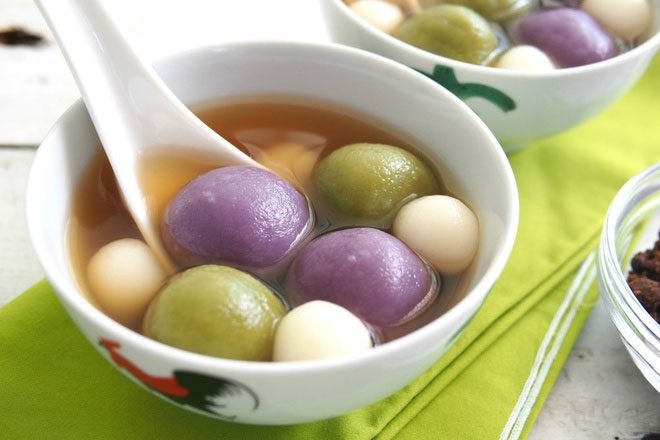
Tang Yuan (glutinous rice balls), Singapore: Singaporeans often eat tang yuan during the new year to symbolize reunion and togetherness. During this time, in addition to dishes like yusheng (raw fish salad), chang shou mian (longevity noodles), and pencai (braised dish), every family will make tang yuan. This dish is similar to glutinous rice dumplings, made from glutinous rice flour with fillings of red bean paste, black sesame, or peanuts. (Photo: BAKE WITH PAWS).
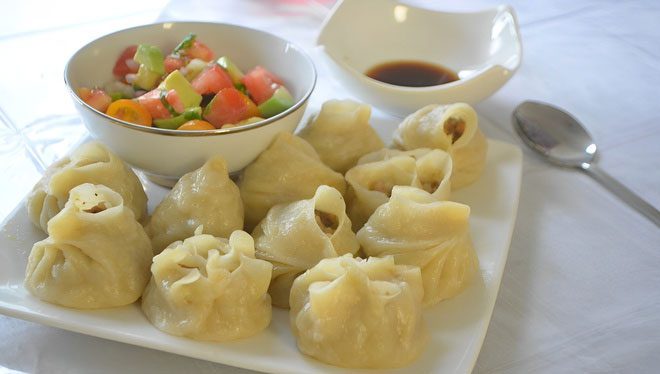
Buuz, Mongolia: Tsagaan Sar, or the White Month Festival, is the name of the traditional New Year celebration in Mongolia. This is a time for gathering and enjoying traditional dishes, especially buuz. These dumplings are shaped like baozi. The dough is made from wheat flour, and the filling primarily consists of finely minced lamb mixed with onions. (Photo: Gastronómadas).
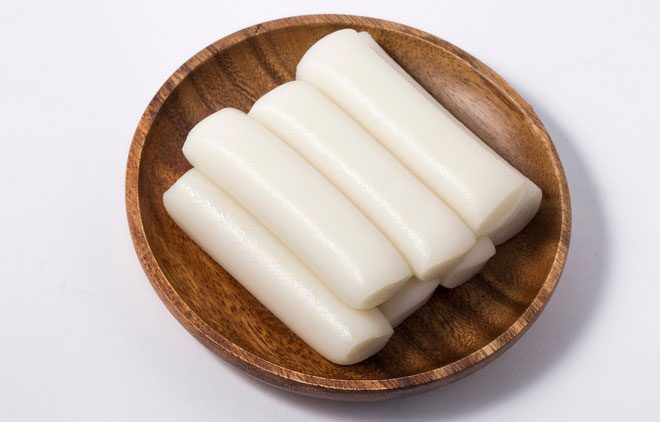
Tteok, South Korea is a signature dish of Korean cuisine. The cake is made from glutinous rice, which is then steamed. Koreans believe that the white color of the rice cake signifies cleansing the body and mind. Therefore, during the New Year, Koreans eat tteok to signify shedding bad things and starting a new, better life. The cake can be prepared in many ways depending on regional tastes and characteristics. (Photo: Masterclass).
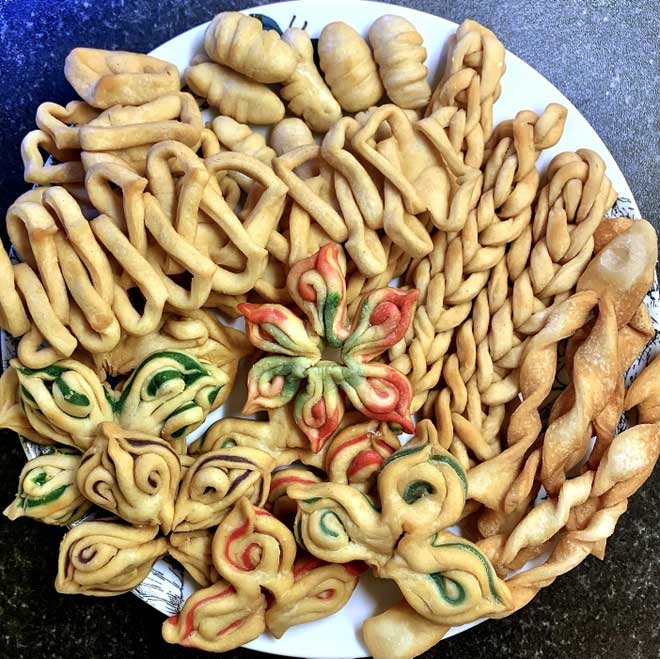
Khabzey, Bhutan: Bhutan’s traditional New Year celebration is called Losar, featuring many unique customs and traditional dishes. Khabzey is a type of sweet fried cookie shaped into various unique forms like flowers or twists. This treat is typically enjoyed with hot butter tea during the New Year festival. (Photo: Barefoot in Jandals).
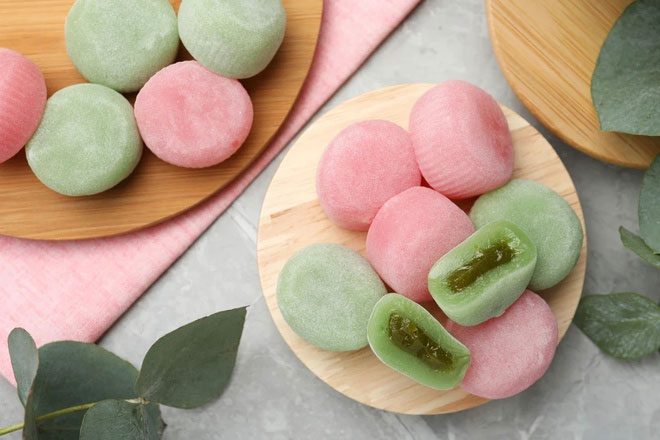
Mochi, Japan: During the New Year, mochi is an essential dish in Japanese households. This cake is made from rice flour and filled with various flavors like green tea or red bean paste. According to Japanese belief, rice is the essence of heaven and earth, the source of life. Therefore, during the New Year, Japanese people eat mochi wishing for a life filled with luck, abundance, good health, and longevity. (Photo: Bokksu).


















































